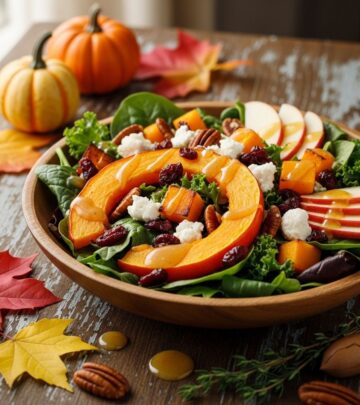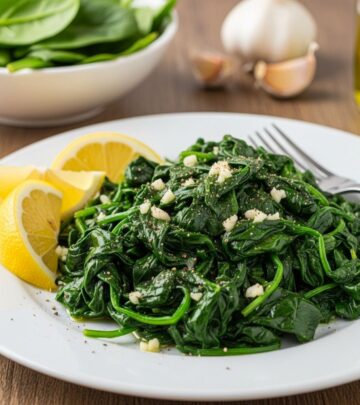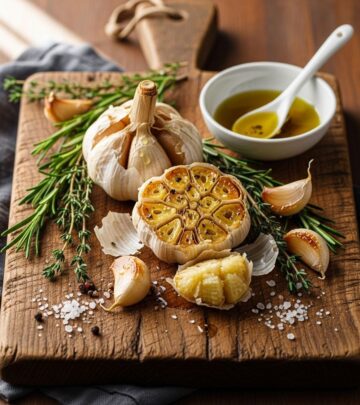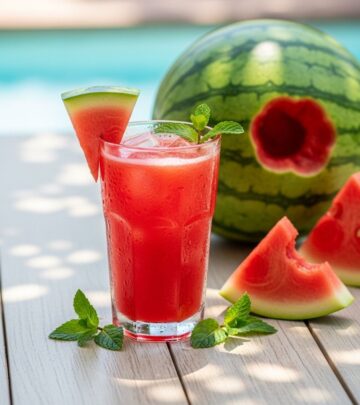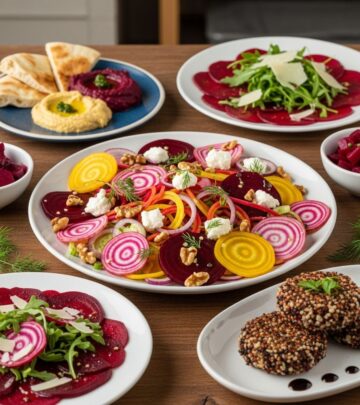How to Make Scallion Powder from Scallion Greens
Crisp-dry and grind leftover greens to unlock bold, green onion flavor in every sprinkle.
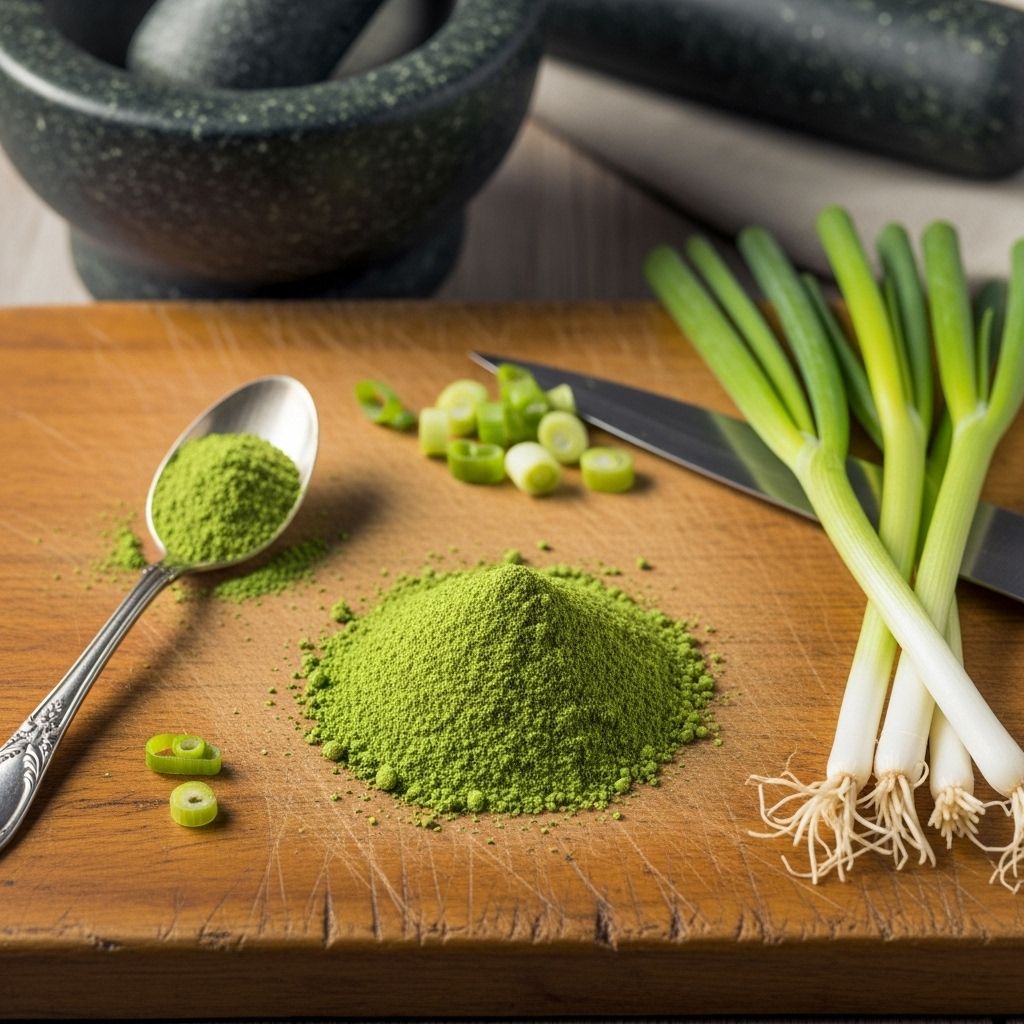
Scallions, also known as green onions, are a kitchen staple prized for their mild onion flavor and edible green tops. Yet, in many home kitchens, the vibrant green leaves often go unused or are discarded once the pale bulbs are trimmed for cooking. With a simple technique, those leftover greens can be transformed into scallion powder: a concentrated, shelf-stable seasoning with remarkable versatility and flavor. This article explores how to make scallion powder, the science behind its intense flavor, ways to use it in your cooking, and answers to frequently asked questions.
Why Make Powder from Scallion Greens?
- Waste Reduction: Uses up scallion tops that might otherwise be discarded.
- Intense Flavor: Drying and powdering the greens concentrates their natural allium flavor.
- Convenience: A sprinkle of powder adds green aroma, color, and savor to dishes without chopping fresh scallions.
- Versatility: The powder can be used as a finishing touch, incorporated into spice blends, or mixed into doughs and batters.
- Long Shelf Life: Dried powder keeps for months in an airtight container.
Understanding the Scallion: From Fresh to Powder
Scallions are composed of two main parts—the white base and the green leaves. Most recipes call for the base, but the greens hold unique flavor compounds. When dried, enzymes in the scallion break down sulfurous molecules, resulting in a powder with more developed, sweet-savory notes compared to fresh greens.
The transformation process involves dehydration (removing water to concentrate flavor and nurture new aroma compounds), followed by blending into a fine texture. This preserves not just flavor but also a striking bright green color that enlivens dishes visually.
Ingredients and Equipment Needed
- Scallion greens: Use tops left over from other recipes or fresh bunches.
- Baking sheets: For laying out greens during drying.
- Wire rack (optional): For better air circulation when drying in the oven.
- Oven, dehydrator, or air fryer: Any appliance capable of gentle, low-temperature drying.
- Blender, spice grinder, or mortar and pestle: To pulverize greens into a fine powder.
- Airtight container or jar: For storing the finished powder.
Step-by-Step Guide: Making Scallion Powder
1. Prepare and Clean Scallion Greens
Start by washing the greens thoroughly to remove sand or soil. Dry well with kitchen towels or a salad spinner. Discard any withered or slimy parts and trim tough ends as needed.
2. Drying the Greens
The goal is to gently dehydrate the greens without browning. Low heat preserves bright color and delicate flavors.
- Oven Method: Preheat oven to its lowest setting, typically 175°F to 200°F (80°C to 95°C). Spread scallion greens in a single layer on a lined baking sheet or wire rack.
- Dehydrator Method: Arrange greens on dehydrator trays and set to 135°F (57°C) for 2–4 hours.
- Air Fryer Method: Use lowest temperature setting; check frequently to avoid browning.
| Drying Method | Temperature | Time | Result |
|---|---|---|---|
| Oven | 175–200°F (80–95°C) | 2-3 hours | Bright green, crisp |
| Dehydrator | 135°F (57°C) | 2–4 hours | Evenly dried, vibrant color |
| Air Fryer | 120–150°F (50–66°C) | 1–2 hours | Quick, check for even drying |
3. Cooling and Blending
Once completely dry—test by crushing a piece; it should crumble easily—let greens cool to room temperature. Place in a blender or spice grinder and pulse until you achieve a fine, vibrant powder. For ultra-smooth powder, pass through a fine-mesh sieve.
4. Storing the Powder
Transfer powder to an airtight container in a cool, dry spot out of direct sunlight. Properly stored, scallion powder remains fresh and flavorful for up to three months.
Flavor Science: Why Dried Scallion Greens Taste So Good
- Maillard Reaction Avoidance: By drying at low temperatures, browning is minimized, preventing bitter notes and preserving sweetness.
- Enzyme Activity: Natural enzymes in scallion greens break down certain sulfur compounds during drying, yielding deeper umami flavor and aromatic complexity.
- Color Preservation: Quick, gentle drying retains chlorophyll for maximal green color.
- Concentration: Water removal intensifies flavors; the powder is noticeably stronger than an equivalent amount of raw scallion.
How to Use Scallion Powder
- Sprinkled Over Eggs: Bright, oniony finish for scrambled, fried, or poached eggs.
- Finishing Meats: Dash over grilled steak, roasted chicken, or pork chops for a hit of aroma and color.
- Mixed into Dips: Blend into mayonnaise, sour cream, or yogurt-based dressings.
- Stirred into Doughs: Use in scallion pancakes, breads, biscuits, or dumpling wrappers for flavor and hue.
- Seasoning Rice and Grains: Toss into steamed rice, risotto, or grain salads.
- Upgrade Mashed Potatoes: Fold into mashed potatoes for an instant boost.
- Garnishing Soups: Finish bowls of ramen, chicken soup, or vegetable stew.
- Blended Into Spice Mixes: Add to homemade furikake, seasoning salts, or rubs.
Experiment with portioning; a little powder provides a punch of flavor that might overwhelm if overused.
Tips and Variations
- Source Quality Greens: Tender, fresh scallion tops yield the brightest powder and best flavor.
- Flavor Pairings: Mix with garlic powder, mushroom powder, or lemon zest for hybrid shakes.
- Other Green Onions: Use leeks, spring onion greens, or ramps for related powders.
- Dried Herb Addition: Blend with dried parsley, dill, or cilantro for custom herb powders.
- Salt Blend: Combine with flaky salt for a vibrant finishing salt.
Frequently Asked Questions (FAQs)
Q: Can scallion powder be made from older or wilted greens?
A: Yes, as long as the greens are not slimy or decayed. Slightly wilted greens work but may yield less flavor and color compared to fresh ones.
Q: How much scallion powder equals one fresh scallion?
A: About 1/2 teaspoon of scallion powder is roughly equal to the flavor of one medium scallion green, but intensity may vary. Use a small amount and adjust to taste.
Q: Can I use both green and white parts?
A: The green tops are best for powder because they yield a brighter color and milder flavor. The white base can be dried and powdered but may produce strong or pungent notes, and can brown during drying.
Q: Does scallion powder lose flavor over time?
A: All dried herbs and powders fade with age. For optimal flavor, use within 3 months and store in airtight, light-blocking containers.
Q: Is scallion powder the same as green onion powder?
A: Yes; scallion, green onion, and spring onion are often used interchangeably for this powder, though variations in flavor and color may occur based on the green used.
Recipe: Homemade Scallion Powder
Ingredients
- Scallion greens, washed and dried
Instructions
- Preheat oven to its lowest setting (175–200°F / 80–95°C) or set dehydrator to 135°F / 57°C.
- Arrange scallion greens in a single layer on a lined baking sheet or wire rack.
- Dry until crisp and crumble easily, about 2–3 hours for oven, 2–4 hours for dehydrator.
- Cool to room temperature, then blend into a fine powder using a spice grinder or blender.
- Optional: Sift through a fine-mesh sieve for silky texture.
- Store in an airtight container in a cool, dry place for up to three months.
Scallion Powder vs. Other Allium Powders
| Powder Type | Base Ingredient | Flavor Profile | Color | Typical Uses |
|---|---|---|---|---|
| Scallion Powder | Scallion Greens | Mild, sweet, fresh allium | Bright green | Finishing, batters, garnishes |
| Onion Powder | Yellow, white or red onion | Strong, pungent, sulfurous | Pale beige | Spice mixes, cooking |
| Chive Powder | Chive greens | Milder, herbal | Light green | Eggs, soups, dressings |
| Garlic Powder | Garlic cloves | Pungent, savory | Off-white | Spice blends, rubs |
Storing and Shelf Life
- Cool, Dry Conditions: Store in a pantry or cupboard, away from moisture and light.
- Air-Tight Containers: Jars with tight-fitting lids or spice containers preserve aroma best.
- Labeling: Date the jar for easy tracking.
- Flavor Loss: After three months, taste may decline; replace old powder with a fresh batch as needed.
Creative Uses for Scallion Powder
- Dust over popcorn for herbaceous green color and oniony zing.
- Mix into compound butter for steaks, grilled vegetables, or corn.
- Add to rice or grain salads for a pop of color and flavor.
- Blend with salt for a scallion finishing salt.
- Garnish noodle dishes (ramen, udon, soba).
- Colorful deviled eggs topping.
Common Mistakes and How to Avoid Them
- Overheating: High oven temperatures cause browning, bitterness, and muted green color. Always use the lowest setting.
- Wet Greens: Inadequate drying before oven dehydration leads to stewing, not crisping.
- Clumping: Powder can clump if moisture returns; always use dry utensils when scooping.
- Too Coarse: Insufficient grinding yields a gritty, uneven texture; use a powerful blender and sift if desired.
FAQs: Troubleshooting & Substitutions
Q: Can I freeze scallion powder?
A: Yes, but moisture may condense upon thawing; airtight freezer bags help. For everyday use, pantry storage is best.
Q: What if I don’t have a spice grinder?
A: Use a powerful blender or mortar and pestle, but expect slightly coarser powder.
Q: Is homemade powder stronger than store-bought?
A: Homemade is often fresher and more intense, especially if made with quality greens and used promptly.
Conclusion: Elevate Your Cooking, Reduce Waste
Making scallion powder is a rewarding practice for every home cook seeking to minimize waste and unlock new flavor possibilities. The process is simple yet transformative, delivering a seasoning that is visually striking, powerfully aromatic, and endlessly adaptable. Whether sprinkled over eggs, stirred into doughs, or blended with salt, scallion powder brings both flavor and nutritional value to everyday dishes—turning a humble kitchen leftover into a culinary asset.
Related Recipes and Further Reading
References
Read full bio of medha deb


